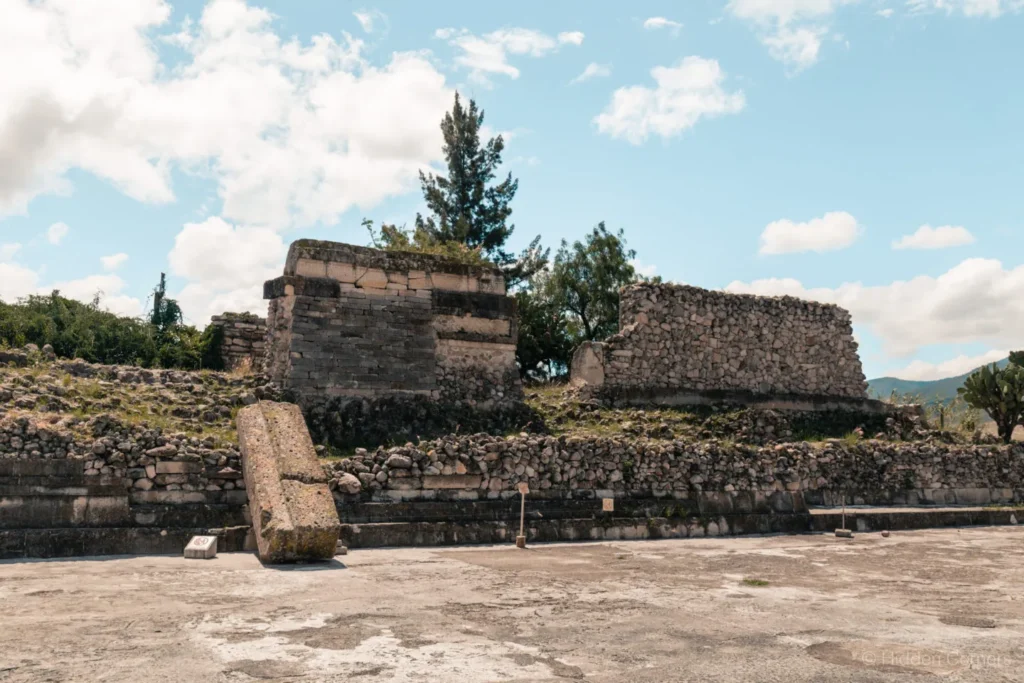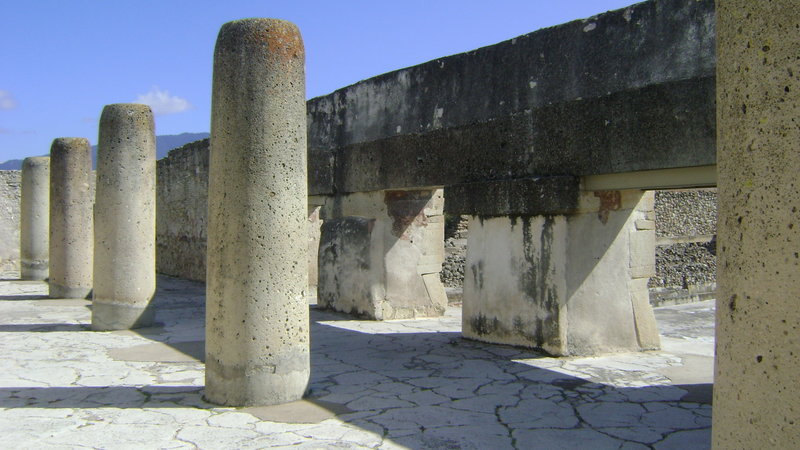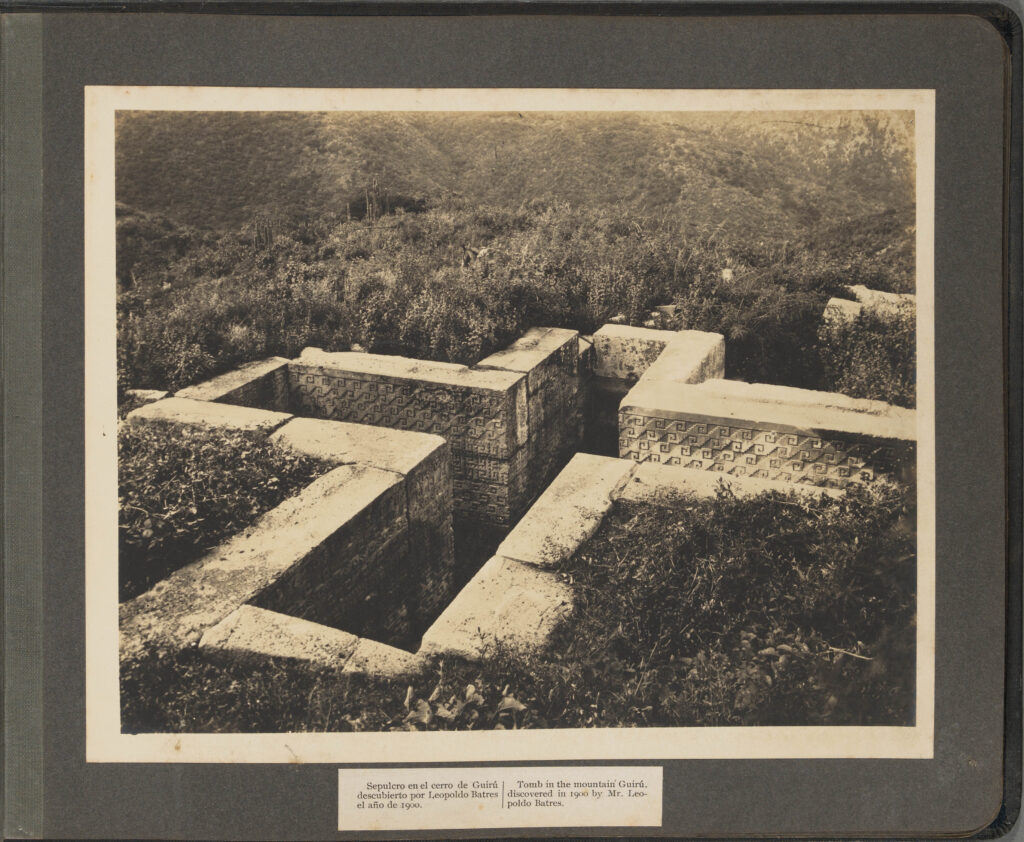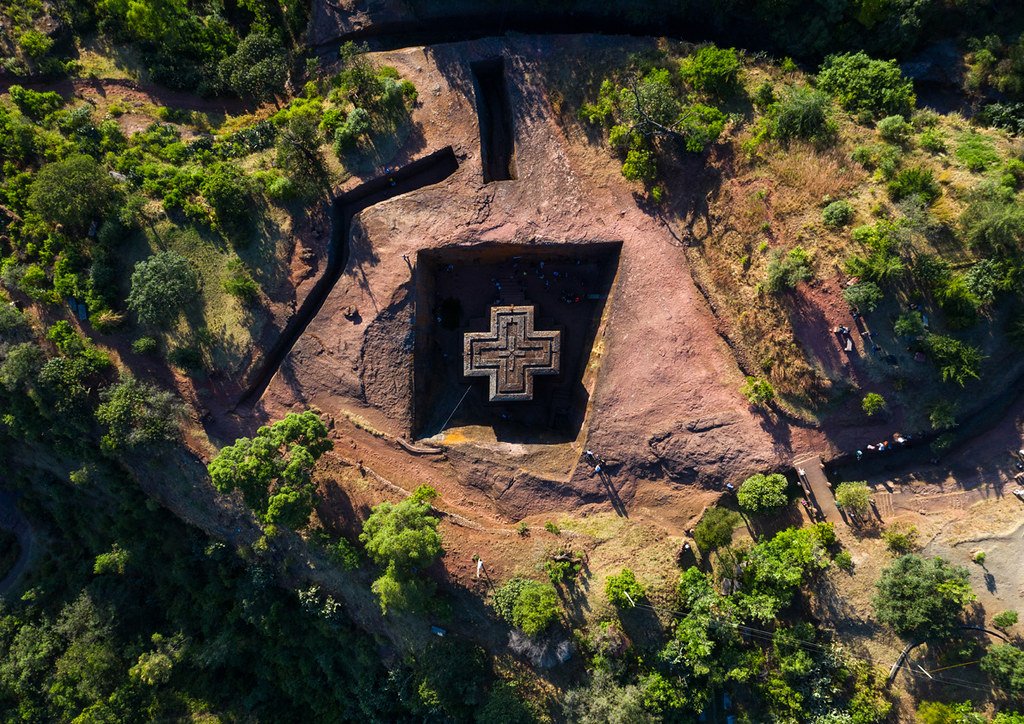MITLA

Exploring the Wonders of Mitla: A Journey Through Time and Megalithic Marvels
Nestled in the picturesque valleys of Oaxaca, Mexico, the archaeological site of Mitla stands as a testament to the rich cultural history of the Zapotec civilization. Revered not only for its intricate stonework and unique architecture, Mitla boasts striking megalithic features that draw visitors and researchers alike. Among the site’s many treasures, a colossal monolith and the remarkable megalithic cross tomb highlight its historical significance and architectural ingenuity.
Megalithic Features of Mitla

Mitla, believed to have been an important religious and political center, showcases a distinct megalithic style, particularly in its elaborate stone constructions. The site features a remarkable blend of decorative motifs, geometric patterns, and sophisticated masonry techniques that reflect the advanced skills of its builders.
One of the most impressive aspects of Mitla’s architecture is its use of large, finely crafted stone blocks that fit together so precisely that even a blade of grass cannot penetrate the seams. This technique, known as “dry stone” masonry, not only demonstrates the engineering prowess of the Zapotecs but also provides the structure with remarkable durability against the elements and time.

The Huge Monolith of Mitla
At the heart of Mitla lies an awe-inspiring monolith that commands attention and sparks curiosity. This immense stone structure is not just an architectural feat but a symbol of the spiritual beliefs tied to the site. Weighing several tons and intricately carved, the monolith features elaborate designs that are thought to represent the connection between the earthly and the divine.
The significance of this monolith extends beyond its physical presence; it is believed to have played a role in rituals and ceremonies, serving as a focal point for the community’s spiritual activities. The sheer scale and craftsmanship of the monument evoke a sense of reverence, inviting visitors to ponder the technological capabilities of the ancient builders and their spiritual practices.
The Megalithic Cross Tomb: A Bridge Between Cultures

Among the most striking features within Mitla is the megalithic cross tomb, a structure that transcends its physical form to echo the cultural narratives of different civilizations. This tomb is distinguished by its unique cross-like design, characteristic of early Christian symbolism. Yet, it also reveals an unexpected connection with the Ethiopian cross churches of Lalibela.
Similarities to the Ethiopian Cross
Churches at Lalibela

The resemblance between Mitla’s megalithic cross tomb and Ethiopia’s iconic cross churches of Lalibela is intriguing and highlights the broader discourse of cultural exchange across ancient civilizations. Ethiopian rock-hewn churches, carved into solid rock, incorporate intricate designs and symbolic elements reminiscent of the patterns found at Mitla. Both structures reflect a deep-rooted significance of cross symbolism, serving as a spiritual and cultural cornerstone within their respective societies.
Scholars have noted that the ancient communities of both Mitla and Ethiopia utilized the cross as a convergence point of earthly and celestial realms, depicting the power of faith and identity. The megalithic cross tomb may well have served similar purposes in its original context—functioning not just as a burial site but as a symbol of unity among the living and the dead.
Cultural Exchange and Historical Implications
The parallels drawn between these structures suggest a fascinating narrative of cultural exchange across the ages. While they emerged in different timelines and locations, the underlying themes of spirituality and communal identity resonate through both Mitla and Ethiopia’s religious architecture. They remind us that the world once brimmed with connections that transcended geography, revealing a shared human experience through the lens of belief and artistry.
The archaeological site of Mitla stands as a captivating glimpse into ancient Zapotec civilization, marked by its breathtaking megalithic features and monumental stonework. The monolith and the megalithic cross tomb are significant not only for their architectural brilliance but for their embodiment of cultural exchanges that envelop our understanding of historical narratives.
